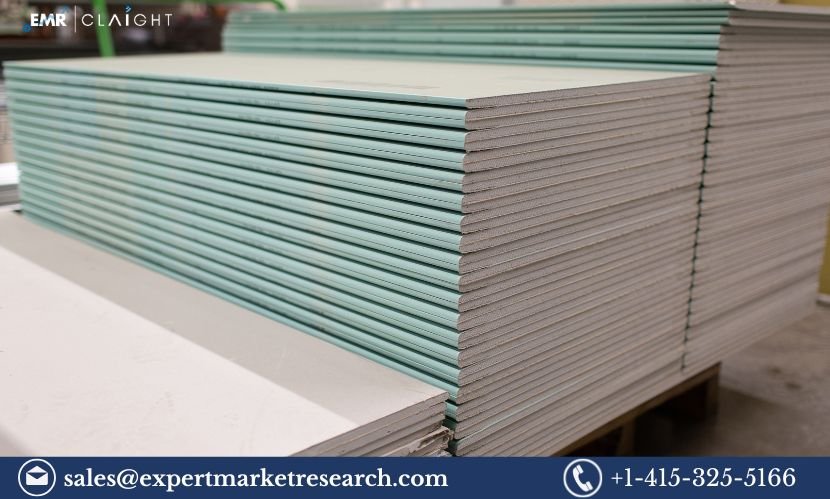Global HDPE Market Overview
The HDPE Market Outlook indicates a promising future, with substantial demand growth anticipated across various sectors. The expansion of the packaging industry and the growing focus on sustainability are key factors driving the demand for HDPE. Additionally, the material’s ability to be recycled efficiently plays a crucial role in its increasing use in environmentally conscious industries.
Market Dynamics: Supply Side
The supply side of the HDPE Market Outlook is characterized by increasing global production capacity, which stood at 68,000 KT in 2023 and is projected to rise to 82,000 KT by 2032. Asia Pacific remains the dominant region in HDPE production, contributing more than 50% of the global production capacity. This is largely due to rapid industrialization, technological advancements, and increasing demand for HDPE in packaging, food sectors, and infrastructure projects.
Notable players in the market, such as Reliance Industries (India) and Sinopec (China), are expanding production to meet global demand. With a plant capacity utilization rate of 87% in 2023, the HDPE production industry is operating efficiently. However, to meet future demand, continued investments in both new plants and technology optimization are essential.
Market Dynamics: Demand Side
On the demand side, the packaging sector remains the largest consumer of HDPE. Its superior strength, moisture resistance, and recyclability make it ideal for a variety of packaging applications, such as food containers, milk cartons, and grocery bags. The global rise in e-commerce also significantly boosts the demand for durable, lightweight packaging materials that can withstand the rigors of shipping.
Moreover, the growing focus on sustainability in the packaging sector has further elevated HDPE’s role. With the increasing pressure to reduce plastic waste, HDPE’s recyclability and its growing use in recycled packaging are increasingly valued by both companies and consumers.
The construction and utilities sectors also contribute to the demand for HDPE, especially for applications in water and gas pipes, drainage systems, and geosynthetics, where its durability and resistance to corrosion make it an ideal choice.
Key Drivers of HDPE Market Growth
- Packaging Industry Expansion:
The packaging industry remains the largest driver of HDPE demand. The material’s strength, versatility, and recyclability make it a top choice for a range of packaging products, including food and beverages, detergents, and personal care items. With the global push for sustainable and recyclable packaging, HDPE’s position is further strengthened. - Sustainability and Recycling Efforts:
As concerns over plastic waste increase, HDPE’s recyclability is one of its key advantages. The ability to reuse HDPE in the production of new products supports a circular economy, making it a sustainable choice for manufacturers. Leading companies, such as Coca-Cola and Nestlé, are incorporating more recycled HDPE into their products, driving the demand for recycled HDPE. - Technological Advancements in Production:
Advancements in polymerization technologies, such as metallocene catalysis, have enhanced the properties of HDPE, allowing it to be used in more demanding applications, including automotive parts and construction materials. These innovations are expected to continue driving the growth of the HDPE market. - Growth in Infrastructure Development:
With urbanization and infrastructure development accelerating in emerging markets, the demand for HDPE in construction projects is also increasing. HDPE’s durability and resistance to chemicals make it ideal for use in pipelines, drainage systems, and other critical infrastructure applications.
Challenges
- Environmental Concerns Over Plastic Waste:
While HDPE is recyclable, it still contributes to plastic waste, particularly in single-use packaging applications. Governments and environmental organizations are imposing stricter regulations on plastic use, which could impact the market. The HDPE industry must invest in improving recycling infrastructure and developing more sustainable products to address these concerns. - Fluctuations in Raw Material Costs:
The price of ethylene, the primary raw material used in HDPE production, is influenced by fluctuations in crude oil prices and supply chain disruptions. These price changes can affect the overall cost structure of HDPE production, which may impact its market price and availability. - Competition from Alternative Materials:
The increasing demand for sustainable and biodegradable materials has led to competition for HDPE from alternatives such as bioplastics and plant-based polymers. HDPE must continue to evolve to maintain its competitive edge in the market by enhancing its sustainability and expanding its range of applications.
The Future of the HDPE Market
The HDPE Market Outlook remains positive, with steady growth expected in the coming years. By 2032, global HDPE production capacity is anticipated to reach 82,000 KT, driven by continued demand in packaging, infrastructure, and utilities. Technological advancements in production processes and recycling will be essential in meeting the growing demand while addressing environmental challenges.
The packaging sector will remain a key growth driver, especially as e-commerce continues to expand. Additionally, as industries push toward more sustainable practices, HDPE’s recyclability and strength will support its continued success in a variety of applications, from food packaging to construction materials.
FAQ
1. What is High-Density Polyethylene (HDPE)?
HDPE is a type of plastic known for its strength, durability, and recyclability. It is widely used in applications such as packaging, construction, automotive, and utilities due to its versatility and resistance to moisture and chemicals.
2. What factors are driving the growth of the HDPE market?
The key drivers of HDPE market growth include the expansion of the packaging industry, the growing demand for recyclable materials, technological advancements in production, and increasing infrastructure development worldwide.
3. What industries use HDPE?
HDPE is used across a range of industries, including packaging, construction, automotive, agriculture, and utilities. It is commonly found in food packaging, water pipes, and drainage systems, as well as automotive parts and consumer goods packaging.
4. How sustainable is HDPE?
HDPE is highly recyclable, making it a more sustainable material compared to many other plastics. It can be reused in new products, supporting a circular economy. However, improving recycling rates and reducing single-use plastic consumption are essential to its sustainability.
5. What challenges does the HDPE market face?
The HDPE market faces challenges related to environmental concerns over plastic waste, raw material price fluctuations, and competition from alternative materials like bioplastics. Addressing these challenges will require innovation in recycling and new material technologies.
6. How is HDPE used in the packaging industry?
HDPE is commonly used in the packaging industry for items like milk and juice cartons, grocery bags, and cleaning product containers. Its strength, moisture resistance, and recyclability make it an ideal material for packaging applications across a wide range of consumer goods.
Media Contact
Company Name: Claight Corporation
Contact Person: Lewis Fernandas, Corporate Sales Specialist — U.S.A.
Email: sales@expertmarketresearch.com
Toll Free Number: +1–415–325–5166 | +44–702–402–5790
Address: 30 North Gould Street, Sheridan, WY 82801, USA
Website: www.expertmarketresearch.com
Aus Site: https://www.expertmarketresearch.com.au



